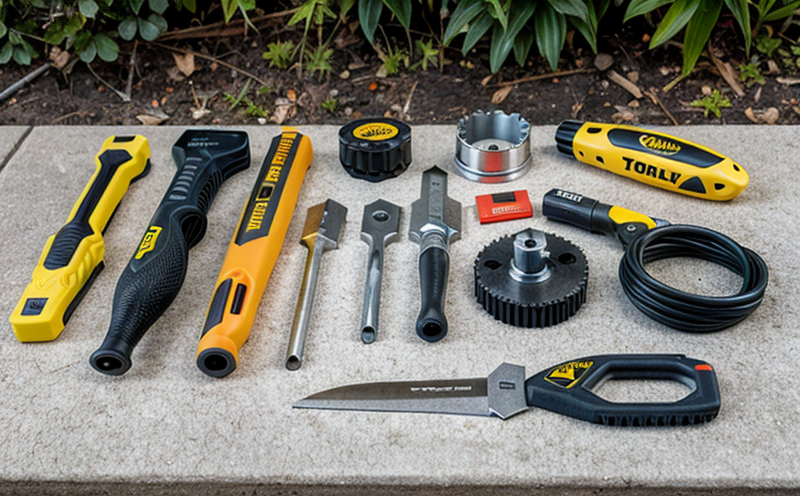Comprehensive Safety and Quality Testing of DIY Tools & Hardware Products
The importance of comprehensive safety and quality testing cannot be overstated in the realm of consumer products, particularly within DIY tools and hardware. These tools are not just for professionals; they are essential in households where individuals may lack extensive experience or specialized training. Ensuring that these products meet rigorous standards is crucial to prevent accidents, injuries, or damage to property.
The testing process involves a series of meticulous steps aimed at identifying potential hazards and ensuring the product's durability and performance. The first step is an initial risk assessment, where we analyze the tool’s design, materials, and intended use to identify any potential risks. This includes evaluating the tool’s structure for stability, checking the ease of use, assessing the material composition for safety, and examining the ergonomic features that influence user comfort.
Once the initial assessment is complete, the product undergoes a series of mechanical tests. These include tensile strength testing to evaluate the durability under load, torque testing to ensure the tool can withstand rotational forces without failure, and impact resistance testing to assess how well it handles drops or impacts. Electrical safety checks are also conducted for tools that come with power capabilities.
For hardware products like screws, bolts, nuts, and other fasteners, we perform dimensional accuracy tests to ensure they meet the required specifications in terms of size, shape, and fit. Surface finish tests check for any imperfections or contaminants on the surface that could affect performance or durability over time. Additionally, we test for corrosion resistance and chemical stability, ensuring that these products remain functional under a wide range of environmental conditions.
A critical aspect of our testing is the evaluation of user interface and safety features. This includes checking the clarity of instructions and warning labels to ensure users are aware of potential risks. We also assess the presence of any safeguards such as locking mechanisms, over-torque indicators, or anti-slip coatings that enhance safety during use.
Following these tests, we compile detailed reports that outline the findings and recommendations for improvements if necessary. These reports serve as a guide for manufacturers to refine their products further, ensuring they meet not only industry standards but also exceed customer expectations in terms of quality and safety.
Applied Standards
| Standard | Description |
|---|---|
| ASTM F1507-18 | Standard specification for socket sets. |
| ISO 3926-4:2012 | Test methods for screws and bolts - Part 4: Torque-tension relationships of fasteners. |
| EN 50078-1:2017 | Electrical safety standards for battery-powered tools. |
| IEC 60335-1:2014 | Safety of household appliances - Part 1: General requirements for electrical household appliances. |
| Standard | Description |
|---|---|
| ASTM F1507-18 | Standard specification for socket sets. |
| ISO 3926-4:2012 | Test methods for screws and bolts - Part 4: Torque-tension relationships of fasteners. |
| EN 50078-1:2017 | Electrical safety standards for battery-powered tools. |
| IEC 60335-1:2014 | Safety of household appliances - Part 1: General requirements for electrical household appliances. |
Why Choose This Test
- Ensures compliance with international safety and quality standards.
- Reduces the risk of product recalls and legal issues.
- Enhances brand reputation by demonstrating a commitment to excellence.
- Provides valuable insights for continuous improvement in product design.
- Meets customer expectations for safe, reliable products.
- Supports regulatory compliance across different markets.
- Aids in the identification and rectification of potential defects before market release.
Customer Impact and Satisfaction
- Increased trust and confidence among consumers regarding product safety and reliability.
- Promotes repeat purchases and positive word-of-mouth recommendations from satisfied customers.
- Aids in meeting or exceeding customer expectations, leading to higher satisfaction levels.
- Reduces warranty claims and returns by ensuring products are robust and durable.
- Enhances the overall user experience through improved design and safety features.





